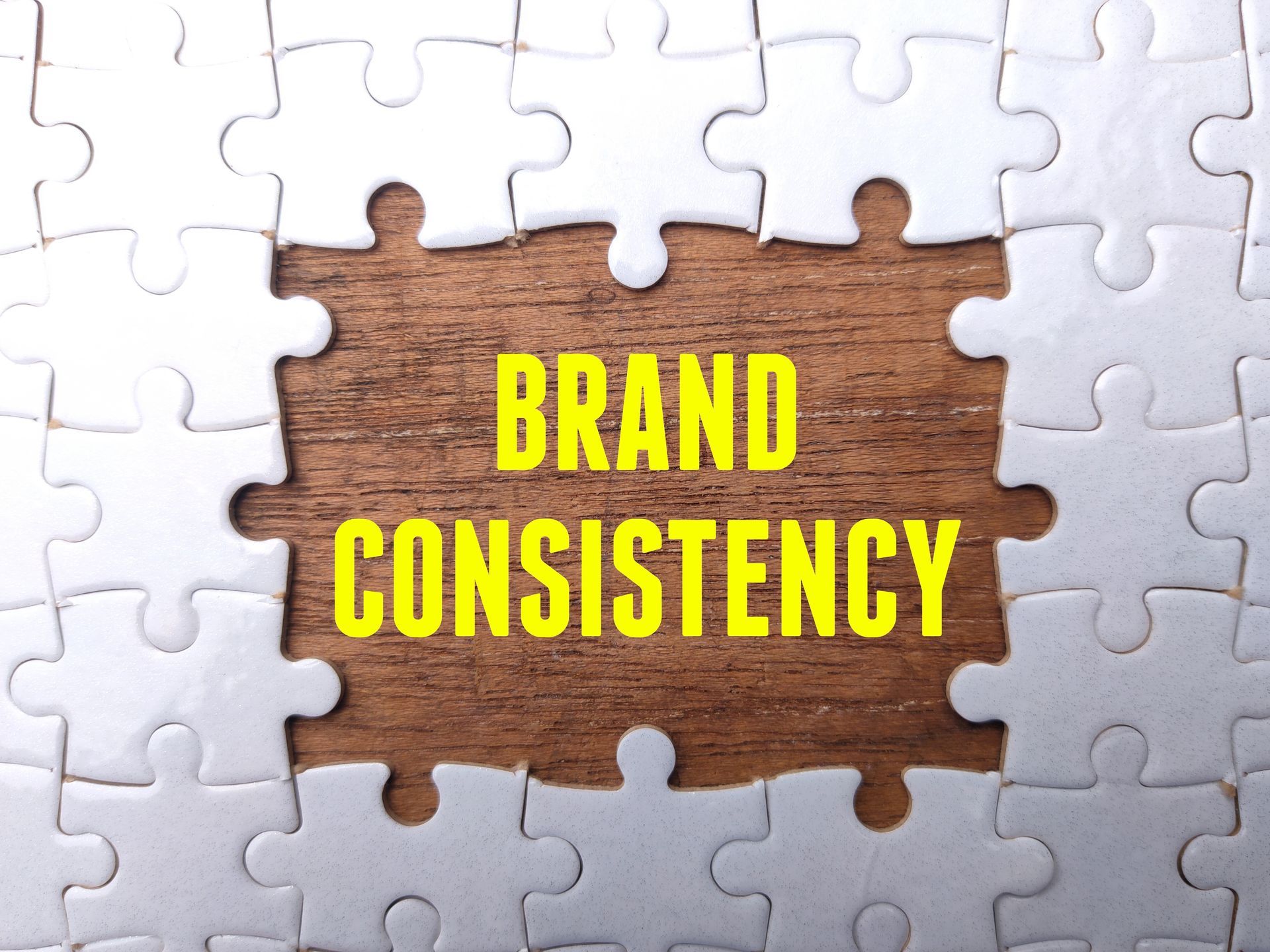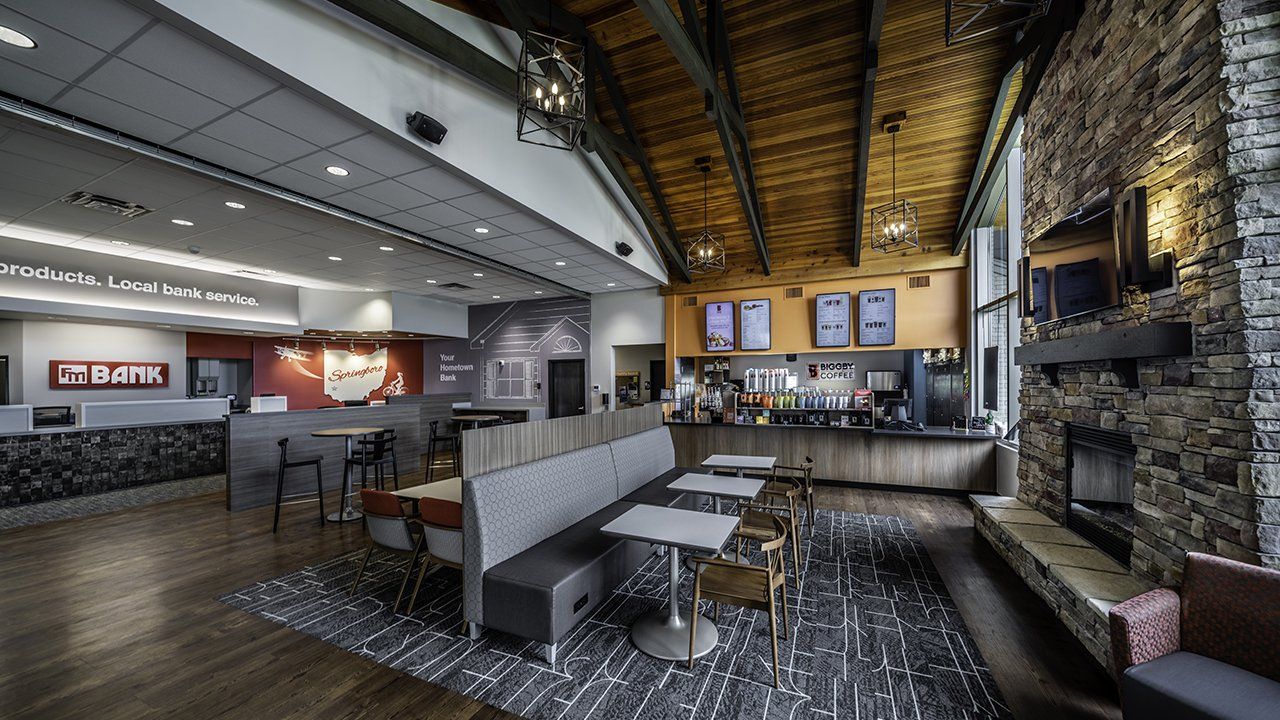Menu
Follow us on:

AFFORDABLE CARE ACT: TURNING CRISIS INTO OPPORTUNITY
Let’s Not Waste Another Crisis
The crisis we have recently let go to waste was the Economic Catastrophe we are still trying to climb our way out of. The Big Banks and Investment Machines on Wall Street are back to pretty much business as usual. Gretchen Morgenson, an assistant business and financial editor and a columnist at the New York Times, has covered the world financial markets for the Times since May 1998. Morgenson won the Pulitzer Prize in 2002 for her “trenchant and incisive coverage of Wall Street”, and has written a lot about this since the collapse of the Financial Markets. The crisis opportunity I am referring to now has been developing over a longer period of time; I am referring to the quality and cost of our Health Care system in this country. As a partner in a small business, I have a first-hand view of the rising costs of health-care insurance, not just from the consumer perspective, but from the perspective of trying to continually find the right plan and benefits ratio for our employees and their families, while at the same time balancing the percentage of the total premium cost the firm can afford to bear, with what we must pass along to our employees to pay. This formula has meant constantly changing to higher and higher deductible plans, and reducing the benefits that are covered. Over the last 10 years our Group Premiums have risen 12% in the best year to over 25% in our worst renewal year. You do not have to read very far into the news each day to see something about the rising, uncontrollable costs of healthcare in this country. The crisis is not only about insuring the great number of our citizens who do not have coverage, but it is one of a system spiraling out of control, even for those who already have insurance.
Making Sense of the Affordable Care Act
Elizabeth Ritchie, RN has written the most readable and understandable explanation of the Affordable Care Act that I have read, in the September 2012 Issue of Colorado Central Magazine, entitled “Making Sense of the Affordable Care Act.” It begins:
“The entire conversation of health care reform starts with the consensus that in the United States the health care status quo cannot be sustained. Reining in health care costs and putting health care back in the hands of individuals rather than insurance companies has been attempted by Presidents since Teddy Roosevelt’s administration. The Affordable Care Act (ACA) is the single greatest deficit-reduction package since President Clinton’s budget of 1993….
…The act is comprehensive, complicated, is designed to be phased in over time, and is supposed to provide accessibility, affordability, high-quality and patient-centered care. These are all areas that doctors, nurses and health care providers have wanted addressed for years, but somehow the health care delivery system developed around the money and not so much around the health of individuals, families and communities.”
So, for the moment, the ACA is law and most of us are trying to get our hands around what it means and how it will impact us. Some states are doing a much better job than others in embracing this challenge. Regarding the Supreme Court decision to uphold the majority of the tenets of the ACA, Ms. Ritchie says in her article, “Whether it was a happy day or an awful day for the country, it is time for all of us to get on with the massive amount of work it will take to get fully implemented, and ultimately achieve a better health care delivery system.” Colorado, a state in which I once lived and often still visit, as well as the home of the quoted author above, has been planning for this since 2008 and is one of a few leading the pack in trying to make the most of how to best implement the law. Ohio, on the other hand, has been dragging its feet in opposition in hopes that it would go away, and is just now joining the Federal Exchanges and struggling to put a last minute plan together. Needless to say, this leaves the business and investment communities up in arms about what the rules are and how to play by them.
As Architects and Designers, we work with a lot of businesses in many industries, from the Financial Sector to the Industrial Sector. A day does not go by where the supposed impacts of “Obamacare” are not debated, or, espoused as bringing some fearful wrath upon us. I think it is time we all put the bigger goal back in front of us, and decide what type of community, state and nation we want to be. Regardless of your political views, “who is opposed to a health care system that provides effective, safe and reliable care to every patient in need, every time; who does not believe that the improved health and well-being of our entire population does not benefit us all; and who doesn’t like the idea of improving our per-capita costs for health care services?” (Pursuing the Triple Aim, Bisognano and Kenney, 2012)
“For I was hungry and you gave me food, I was thirsty and you gave me drink, a stranger and you welcomed me, naked and you clothed me, ill and you cared for me, in prison and you visited me.’ Then the righteous will answer him and say, ‘Lord, when did we see you hungry and feed you, or thirsty and give you drink? When did we see you a stranger and welcome you, or naked and clothe you? When did we see you ill or in prison, and visit you?’ And the king will say to them in reply, ‘Amen, I say to you, whatever you did for one of these least brothers of mine, you did for me.”
Matthew 25: 35-40, KJV
We fashion ourselves a Godly Nation and I think that it is time we actually try to live up to our beliefs, and Act, in lieu of just espousing it. I think we need to work to let the tide raise all boats and know that we all benefit from improving the greater good. Author
George Saunders sums it up best in his address this year to graduates from Syracuse University:
George Saunders’s Advice to Graduates
“So here’s something I know to be true, although it’s a little corny, and I don’t quite know what to do with it:
What I regret most in my life are failures of kindness.
Those moments when another human being was there, in front of me, suffering, and I responded…sensibly. Reservedly. Mildly.
Or, to look at it from the other end of the telescope: Who, in your life, do you remember most fondly, with the most undeniable feelings of warmth?
Those who were kindest to you, I bet.
It’s a little facile, maybe, and certainly hard to implement, but I’d say, as a goal in life, you could do worse than: Try to be kinder.”













